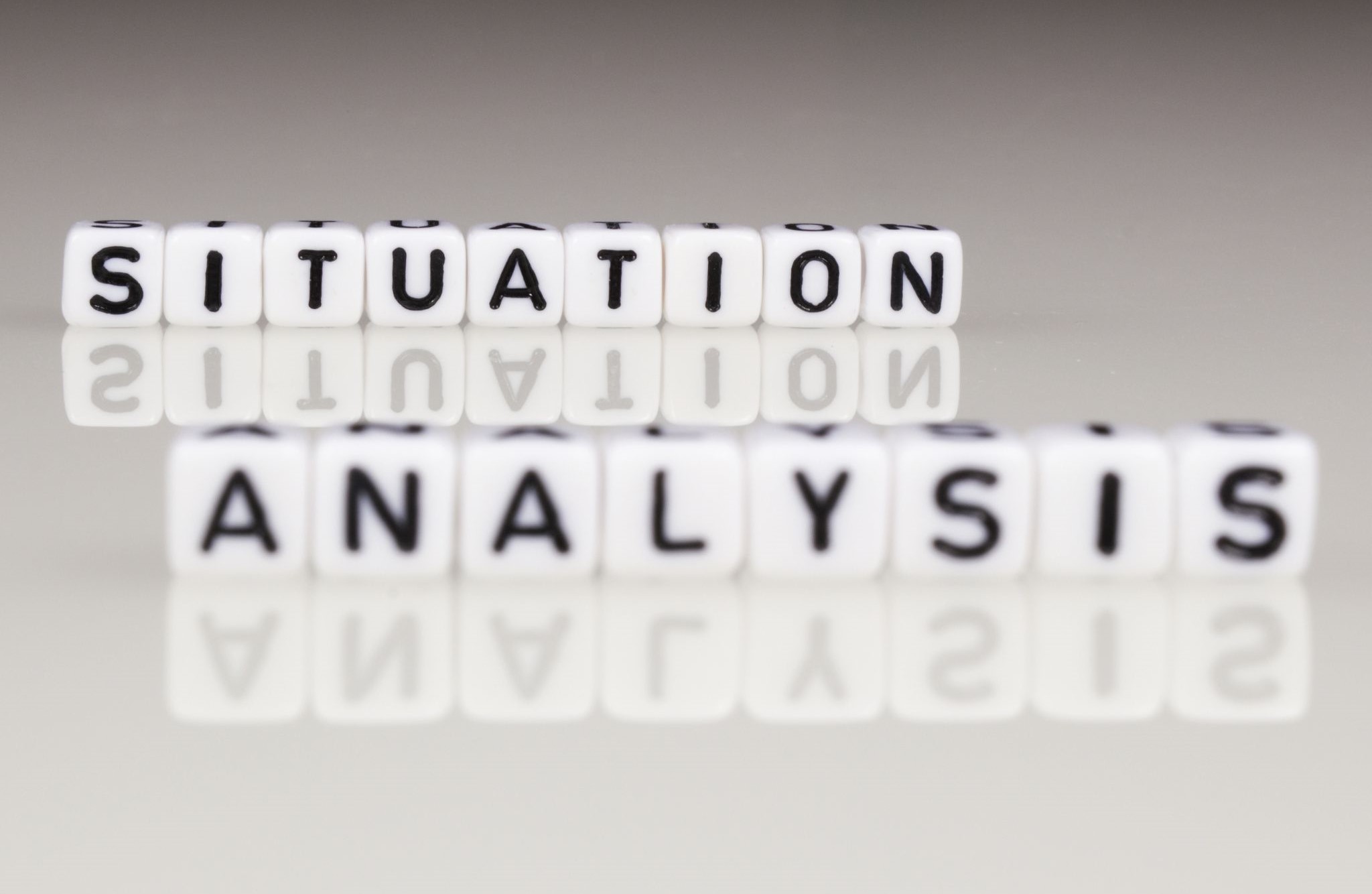A new study linking pesticide exposure to impaired brain functioning in children highlights the role of PR in shaping responsible dialogue during environmental crises. Venelize de Lange from media update outlines six actionable strategies.
Public health concerns or environmental findings can quickly escalate from local concern to national crisis.
For publicity professionals, particularly those working in crisis communication, how such information is positioned, or framed and managed, can significantly influence public perception, stakeholder responses and long-term reputation.
A recent study conducted by the University of Cape Town and the Swiss Tropical and Public Health Institute has raised serious concern in South African media: children aged 9 - 6 in Western Cape farming regions are showing signs of impaired brain functions, likely linked to chronic low-level pesticide exposure.
Researchers analysed urinary biomarkers from 445 school children in the Hex River Valley, Grabouw and Piketberg (areas dominated by table grapes, stone fruit and cereal farming) and found 12 of 13 pesticides in over 98% of the children.
Higher levels of some chemicals were significantly associated with poorer performance in executive functioning (EF), specifically cognitive flexibility and inhibitory control.
Executive functioning encompasses critical cognitive skills: the ability to plan, focus, regulate behaviour and solve problems. Each of these functions rely on the developing prefrontal cortex.
The implications go beyond academics, given that EF also supports emotional regulation and long-term mental health, these findings suggest long-term risk for children's developmental trajectories.
While the research itself is alarming, the challenge for publicists lies in how this type of information is communicated to parents, schools, industry bodies, policymakers and the broader public.
When managing highly sensitive issues like this, PR specialists can consider the following:

Via Canva
1. Apply Situational Crisis Communication Frameworks.
Use Situational Crisis Communication Theory (SCCT) to tailor your response depending on the perceived responsibility of different stakeholders. SCCT, developed by W. Timothy Coombs, advises communicators to assess crisis history and potential reputational threat — then match a response strategy accordingly.
In this case, agribusinesses or regulators may face reputational risk and high public scrutiny; adopting a 'rebuild' or 'responsibility-taking' posture may be appropriate.
2. Use Risk-Communication Best Practices Grounded in Environmental Health Literacy
According to a systematic review of risk-communication strategies, the most effective campaigns are mutli-modal (not just text), tailored to audience perceptions and delivered by trusted sources.
Publicists can apply principles from environmental health literacy: limit technical jargon, highlight actionable steps parents or schools can take and provide context on what the research does (and doesn't yet) prove.
This can be done by blending simple text with visuals (diagrams and infographics) to explain the health risks clearly and use local, trusted voices in messaging.
3. Develop Scalable and Empathetic Messaging Templates
According to crisis-communication best practices, having pre-approved holding statements, Q&A documents and varied message drafts allows faster and more consistent response.
Prepare holding statements acknowledging concern while committing to follow-ups. Create community-focused messages (e.g. for parents and schools) and more technical versions (for policymakers, regulators).

Via Canva
4. Implement Proactive Media Monitoring As a Strategic Tool
Media monitoring is essential to track sentiment shifts and emerging misinformation. Monitoring gives PR teams early warnings of reputational risk, allows sentiment analysis and helps guide responsive communication.
Set up alerts for specific keywords (for example 'pesticide exposure' or 'children brain function') to catch coverage as it unfolds. Tag and categorise media coverage by stakeholder (parents / community, regulators, agribusiness and NGOs), so your team can tailor responses to each group.
Use sentiment analysis to understand how people are reacting emotionally and where the pressure points lie.
5. Frame Public Communication Around Solutions and Shared Responsibility
In keeping with effective environmental risk communication, emphasise both concern and actionable hope: outline policy reforms, community-based interventions (safe pesticide practices, school awareness) and long-term monitoring.
Facilitate dialogue between agribusiness stakeholders and community groups to jointly communicate steps being taken or that need to be taken.
6. Partner With Researchers and Health Experts for Credibility and Transparency
Work closely with the study authors and environmental health experts when crafting messages. This builds trust, ensures accuracy and allows communicators to address scientific caveats responsibly.
In communications, emphasise the importance of ongoing research and monitoring to convey that the findings are serious and encourage joint public statements or interviews with lead researchers to reinforce legitimacy.

Via Canva
By combining SCCT evidence-based risk communication and media intelligence, publicists and crisis communicators can manage not just the reputational challenges, but also contribute to meaningful public dialogue.
In this case the goal is to enable informed discussion, protecting community trust and ultimately helping drive long-term environmental health change.
Did you find this article insightful? Let us know in the comments section below.
*Image courtesy of Canva
**Information sourced from Mail & Guardian, University of Cape Town Communication and Marketing Department, Muck Rack and Environmental Health